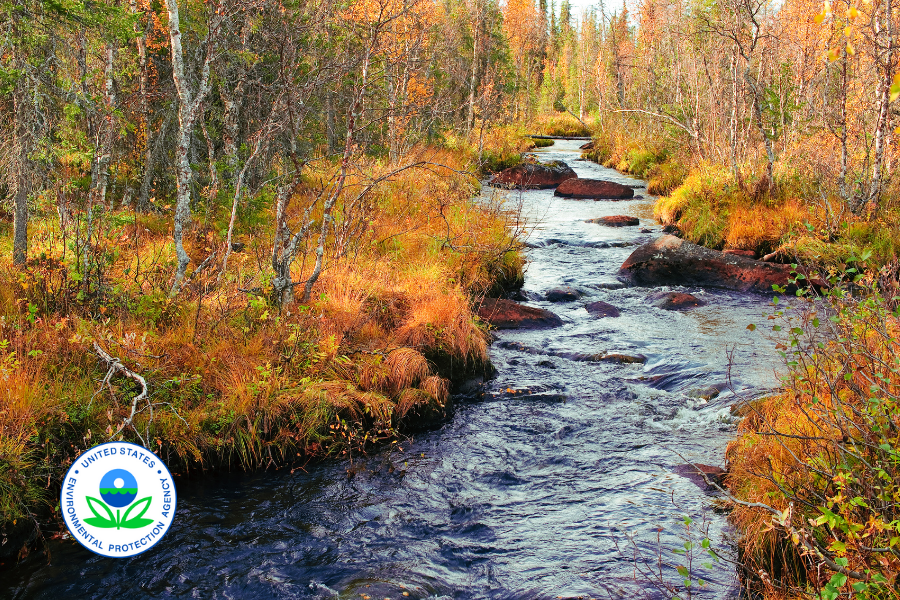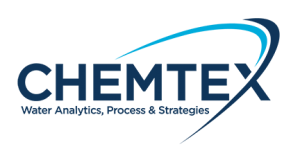
Wastewater for Dummies
Industrial wastewater treatment is a relatively modern concept. It wasn’t so long ago that industry was allowed to discharge contaminated water with virtually no restrictions. Remember when rivers occasionally caught fire? Cleveland’s Cuyahoga River ignited for the 13th, and last, time in 1969. Those fires helped inspire the environmental movement that swelled in the 1970s.
The Clean Water Act
Fifty years has made a big difference in environmental awareness, water treatment, and river health. Today, the Cuyahoga has 70 species of fish, and we’ve got the Clean Water Act and the Environmental Protection Agency. Industry has to comply with strict treatment standards before releasing wastewater back into the environment or face fines.
Industrial processes can generate a variety of wastewater flows, we think of our domestic sewage treatment plants and they are a major contributor. But, you may not know it but there are many other wastewater flows which are closely monitored and regulated. They include:
- Metal working facilities often have a multitude of different pollutants which must be removed, including the metals they are processing.
- Food processing plants discharge large amounts of BOD and COD which seriously impact living organisms downstream.
- Phosphorus , from many laundry and e-coating facilities operations, their cleaners and processes also must be reduced to acceptable levels for fear of algae plumes in our lakes and streams.
- Acid mine drainage, a product of dewatering coal and metal mines and oil drilling needs considerable wastewater attention (and overall clarification to remove TSS).

Purifying Wastewater Prior to Disposal
International Chemtex is here to help our industrial clients comply with environmental standards and clean all contamination out of wastewater before disposing of it.
We serve our clients by setting up their wastewater treatment to remove as many contaminants and suspended solids as possible. This ensures that the when the water is returned back to the environment, it contains no toxic elements that would cause harm to the ecosystem and human health.

How Chemtex Evaluates Water Treatment Needs
The specific industrial processes and potentially toxic chemicals used at a plant or facility will determine the type of chemistry and equipment needed to treat the water safely.
Our approach to helping clients treat industrial wastewater is to begin by consulting with the clients and understanding their needs and concerns. We also review the regulations and standards which apply to the client’s processes, so we’re all on the same page about what is required to attain and maintain compliance.
Our goal is to offer solutions that use the least possible amount of chemicals while also being as economical as possible for the customer.
Once we’ve analyzed the situation and come up with a proposed solution for the client’s wastewater treatment needs, we often test the efficacy of the solution with an onsite “jar test” experiment conducted by an International Chemtex representative. A jar test is a good preliminary way to judge whether we’re on the right track. It involves setting up a series of jars containing the wastewater in question, and testing the results when prescribed amounts of chemicals are added to each jar.
Once the jar test helps narrow down the correct solution, the representative will perform onsite trials in which the proposed solution can be tested, recorded, and challenged.
Call Chemtex for a Consultation
If you’ve got wastewater that needs treatment, please call International Chemtex today to learn more. We’d be happy to help you ensure that your wastewater is part of the solution, not part of the problem.



/NQA-ISO-9001-Logo-ANAB.jpg)